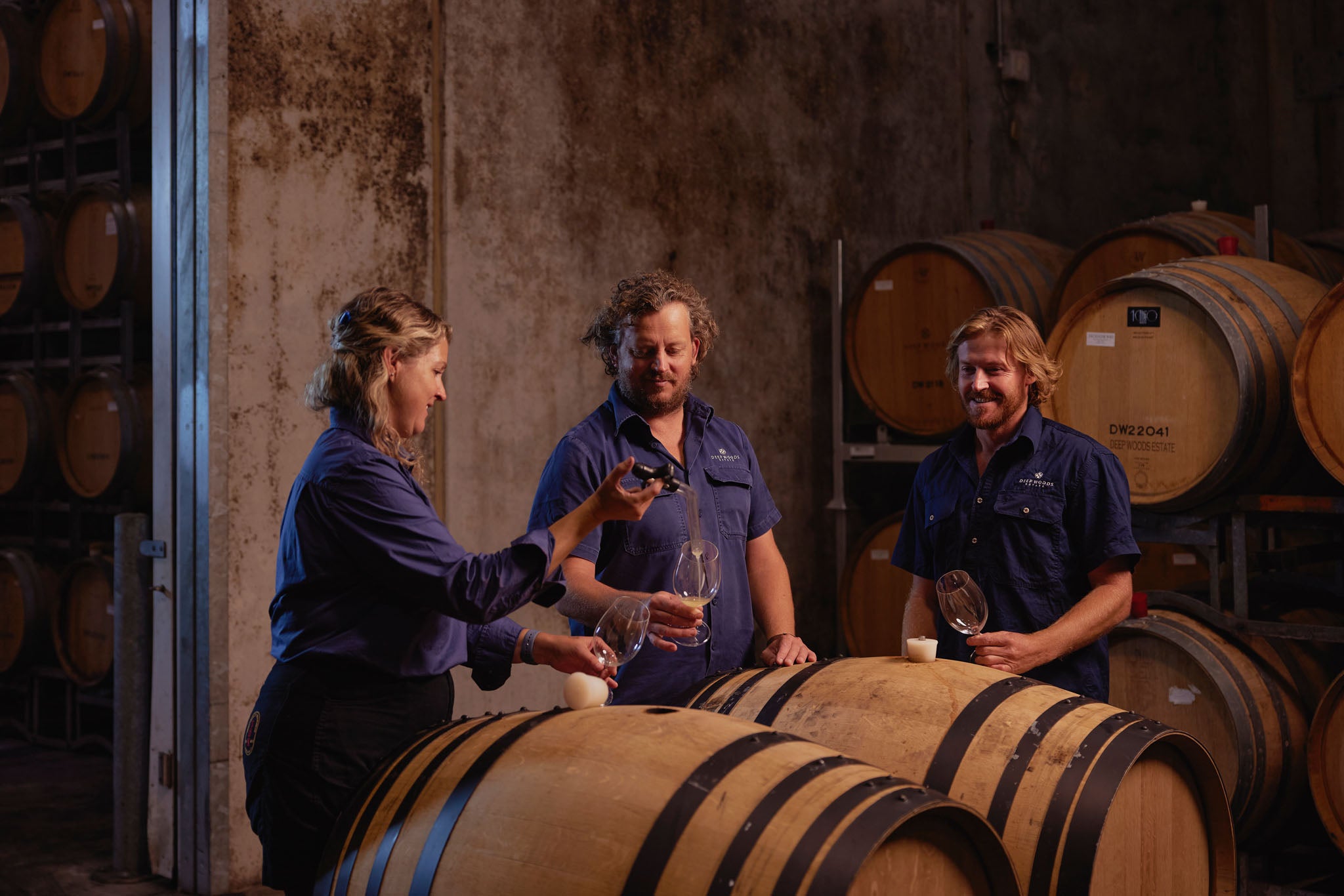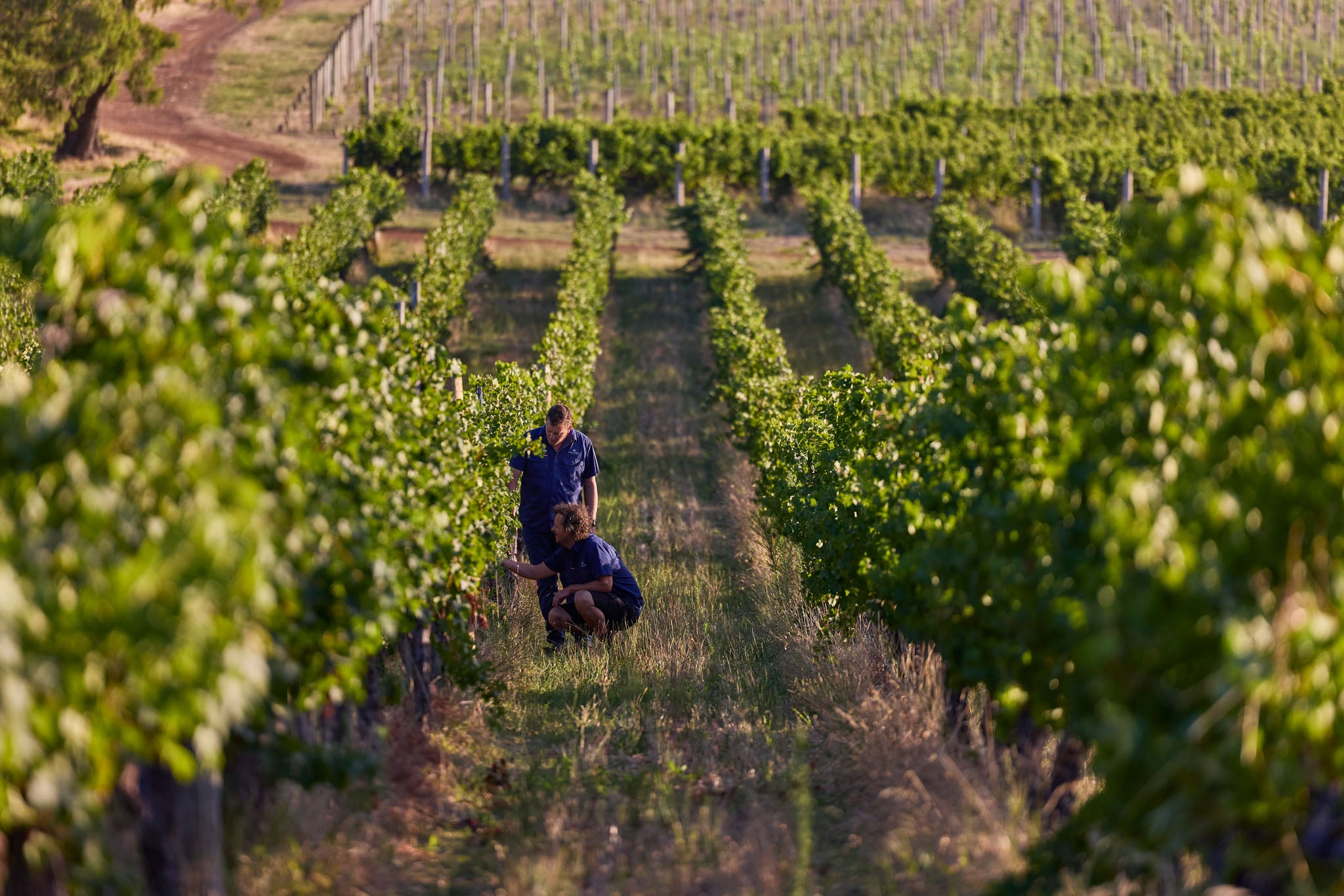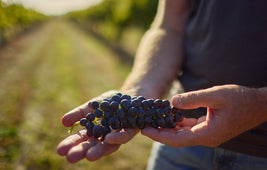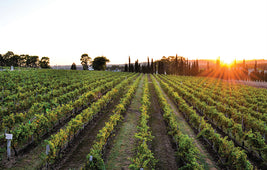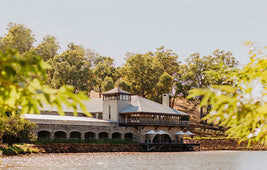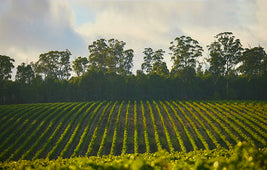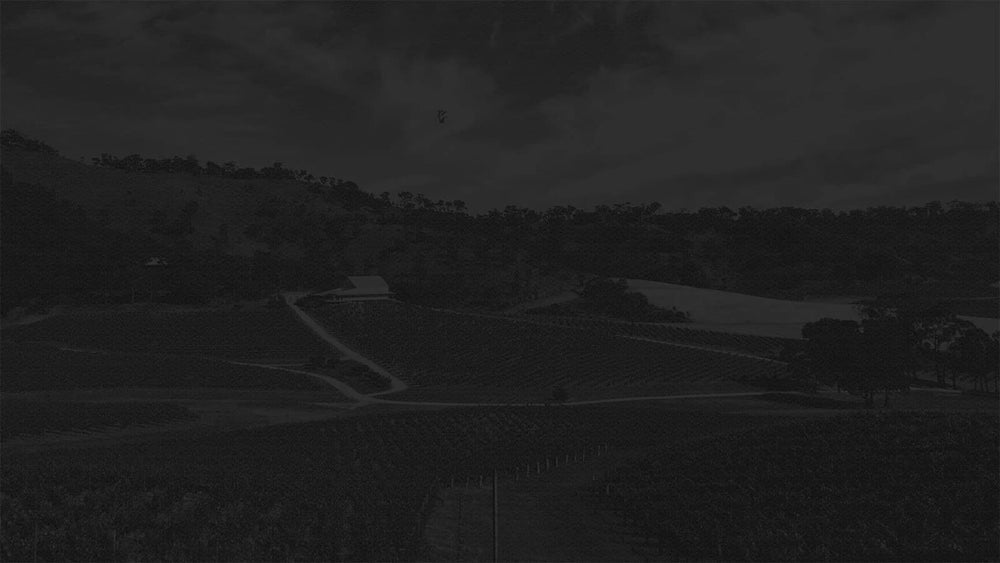Shiraz: Australia's Iconic Variety

Shiraz (shuh-raz) stands as Australia's iconic red wine, largely responsible for placing our country on the international wine map. This variety has historically been Australia’s largest wine export by volume, especially during the 1980s and 1990s, when its popularity soared. Not only that, but we are also home to some of the most well-known and revered Shiraz wines in the world.
Shiraz vs Syrah
Australia is unique in using the name Shiraz for this variety, while most 'Old World' countries refer to it by its original French name, Syrah (sih-rah).
Did you know that despite the name difference, Shiraz and Syrah are the same grape variety?
'New World' countries such as New Zealand, Chile, South Africa and America now name their wines based on style. Cool climate, more delicate styles are often called Syrah, whereas darker, more full-bodied expressions are labelled Shiraz. In fact, due to New Zealand’s cooler climate, mostly all wines are called Syrah and these days, a number of modern, cool-climate Australian wine producers are changing the narrative and following suit too.
You can read more about Shiraz vs Syrah in our blog here.
The Fame of Shiraz
Shiraz originated in the Rhône Valley, France, where it was initially used as a blending component to improve low-quality Bordeaux wines. Recognising its potential, Rhône winemakers began producing stunning single varietal Syrah wines, particularly from the Hermitage appellation.
Word soon got out and, in particular, the wines from a tiny appellation called Hermitage in the Northern Rhône helped to put this region in the spotlight. From the mid-18th century onwards, Rhône Syrah became some of the most expensive and sought-after wines globally.
Shiraz in Australia
James Busby, known as 'the Father of Australian Viticulture,' introduced Shiraz to Australia in the 1830s with cuttings from the Hermitage appellation. Busby was a Scottish viticulturist who imported some of Australia’s first vitis vinifera plants, including 12 Shiraz cuttings from the famous Hermitage appellation in the 1830s.
Today Australia is the second largest producer of Shiraz in the world. There are around 40,000 hectares of Shiraz vines (in comparison, France has 60,000 and Spain, the third largest producer, just 20,000) which are planted across almost every wine region in Australia. This represents almost half of the red wine grapes in the country.
Not only that, but due to the devastating effects of the Phylloxera vine epidemic in Europe last century, Australia is actually home to some of the oldest Shiraz vines in the world, dating back to 1843.
Diverse Shiraz Styles
Shiraz is a very versatile grape – it thrives in a multitude of different climates, producing a wide range of wine styles. No matter what the soil type, climate or training method of the vineyard is, Shiraz has this beautiful way of expressing terroir, while retaining its classic varietal character.
In fact, a Shiraz Terroir Project was undertaken by Wine Australia in 2021, which found that Shiraz wines actually express a distinctive chemical fingerprint depending on terroir. The study concluded that Shiraz, "attributed a molecular basis to that sense of place." Pretty amazing!
Hotter Australian wine regions, such as the Barossa Valley in South Australia, produce full-bodied, high tannin wines with big, powerful dried fruit flavours.
More moderate climates with cooling ocean breezes, such as Margaret River in Western Australia, produce medium- to full-bodied styles with elegant pepper spice, savoury earthiness and dark berried fruits. Try the Evans & Tate Redbrook Estate Shiraz or the Deep Woods Estate Reserve Shiraz for award-winning examples of Margaret River Shiraz.
Cooler climate regions such as the Pyrenees in Victoria produce medium-bodied styles with complex minerality, black pepper and juicy blueberries. The Dalwhinnie Shiraz wines are highly reviewed example of cooler climate Australian Shiraz.
Shiraz: To Blend, or not to Blend?
Historically, Shiraz has also been used as a great blending component, bringing front palate richness, dark fruits and tannin structure to the final blended wine. Common Australian Shiraz blends are GSM (Grenache, Shiraz and Mourvèdre) and Shiraz Cabernet, and these wines have become famous in their own right.
Try the Millbrook Regional GSM or the Evans & Tate Single Vineyard Shiraz Cabernet for two extremely popular (and highly reviewed!) Shiraz blends.
Many high-quality Shiraz wines are also co-fermented with a small portion (usually 2 to 5%) of Viognier. Viognier is a white French varietal, which also hails from the Rhône Valley (read all about this variety here). Viognier aids in colour extraction, as well as adding a floral perfume and supple palate to the Shiraz wine. The Perth Hills Millbrook Estate Shiraz Viognier contains just 3% Viognier, and this tiny amount has a huge impact, adding bright apricot, rose petal, ginger spice and a vibrant ruby colour.
Shiraz and Food
Winter fare and Shiraz go together like bread and butter. Shiraz is the ideal wine to pair with the warming, hearty meals you turn to on cold winter evenings.
Think rich, slow-cooked meats, Sunday roast and tomato- or truffle-based pastas. The spice in Shiraz wine can also match with more exotically spiced dishes such as Greek kofte, or Middle Eastern spiced lamb.
Shiraz Day is fast approaching, so what better time to stock up on your favourites from around Australia? Shop our Shiraz wines here.




